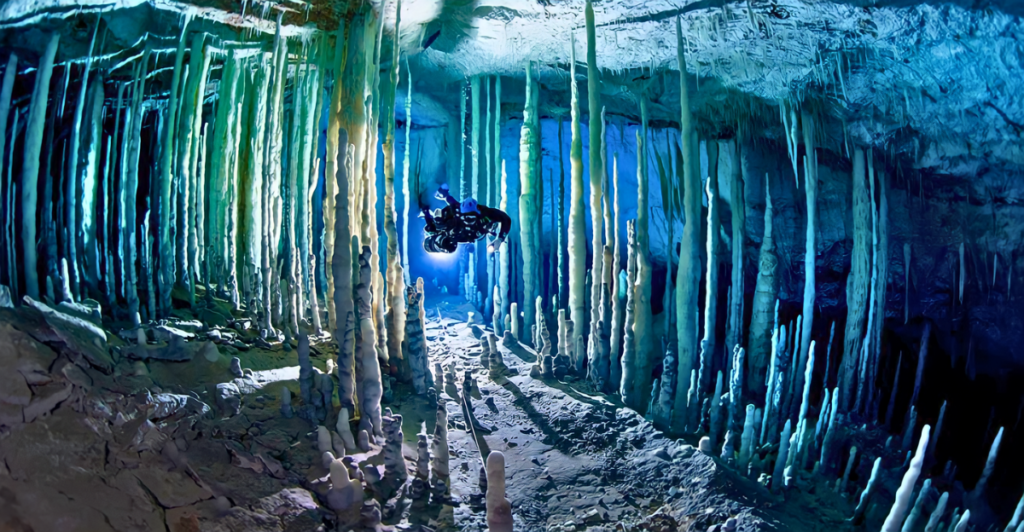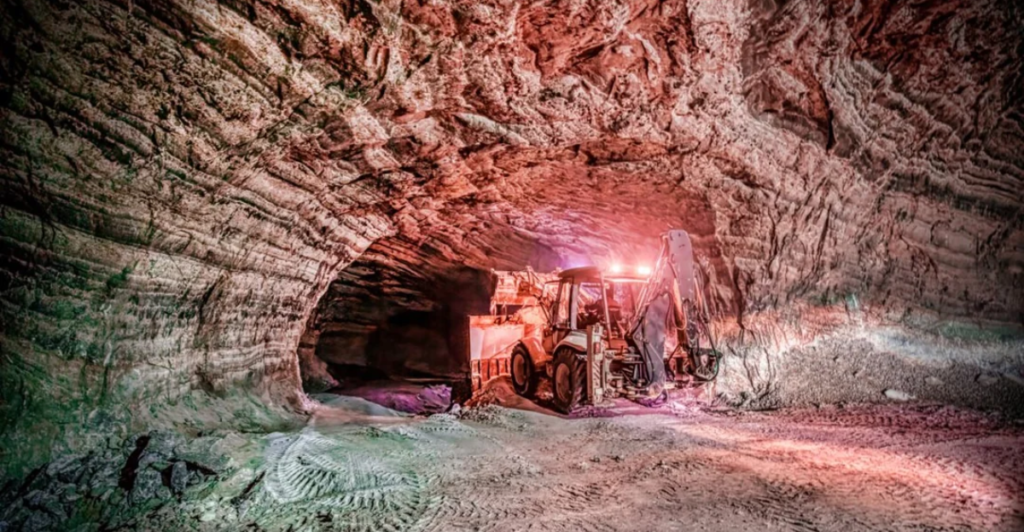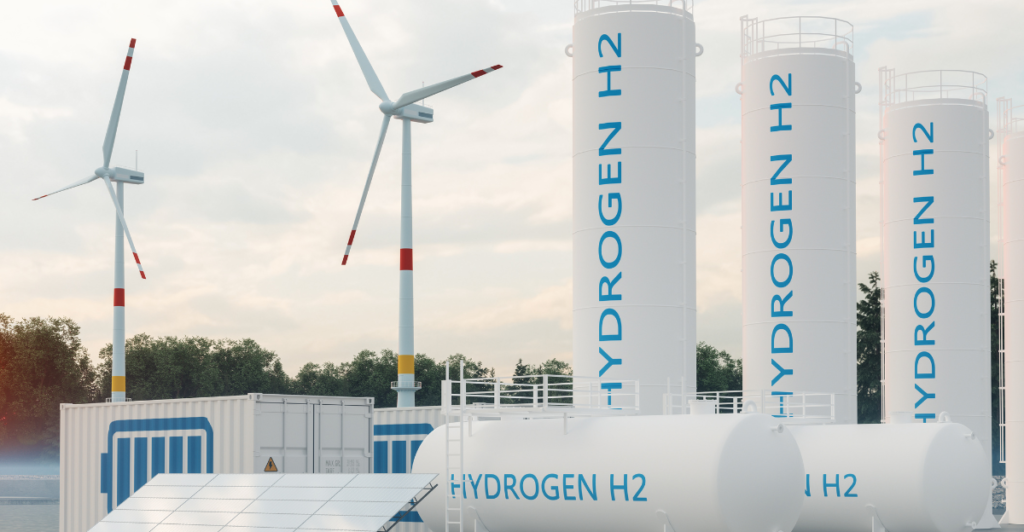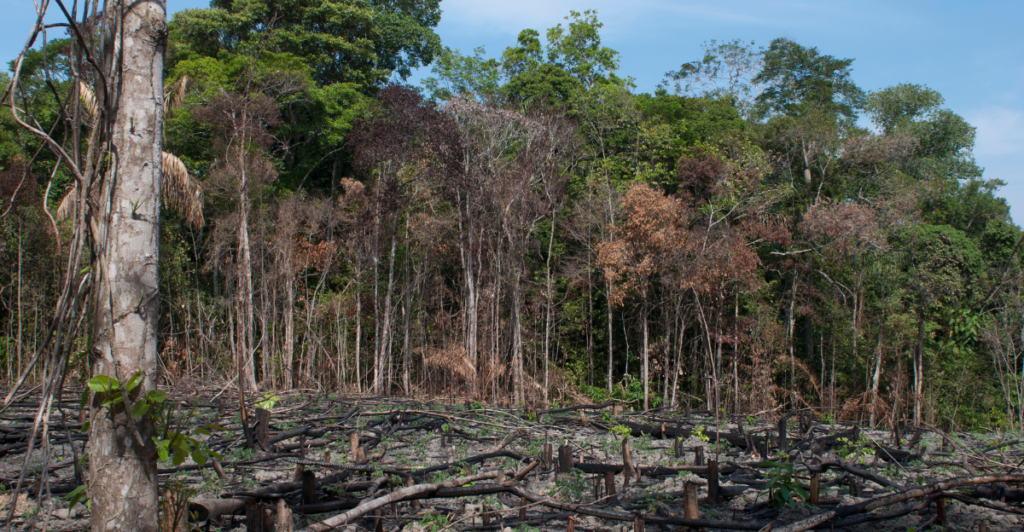
As the global energy landscape shifts towards cleaner alternatives, hydrogen has emerged as a promising solution. Underground hydrogen storage (UHS) is being explored to meet large-scale demand. This method involves storing hydrogen in geological formations such as salt caverns and depleted gas reservoirs. The U.S. Department of Energy has identified UHS as a critical component for achieving net-zero carbon emissions, offering a means to balance supply and demand and decarbonize various sectors.
Types of Geological Storage: Salt Caverns

Salt caverns are artificial cavities created within salt formations. Their low permeability and self-healing properties make them ideal for hydrogen storage. The Beaumont facility in Texas exemplifies this approach, housing the world’s most enormous hydrogen storage cavern. However, the availability of suitable salt formations is geographically limited, posing challenges for widespread adoption.
Types of Geological Storage: Depleted Gas Reservoirs

Depleted gas reservoirs, previously tapped for natural gas, offer another avenue for hydrogen storage. These formations are widespread and have existing infrastructure, potentially reducing development costs. Research indicates that utilizing these reservoirs could significantly bolster hydrogen storage capacity, providing a buffer to meet future energy demands.
Environmental Considerations of UHS

Storing hydrogen underground necessitates a thorough understanding of environmental impacts. Hydrogen can interact with subsurface environments, leading to geochemical and microbiological reactions. These interactions may alter reservoir integrity and affect surrounding ecosystems. Comprehensive assessments are essential to mitigate potential adverse effects on the environment and storage efficacy.
Potential Risks to Wildlife

The development of UHS infrastructure could impact local wildlife. Construction activities may disrupt habitats, while accidental hydrogen leaks could threaten flora and fauna. For instance, proposed hydrogen projects in ecologically sensitive areas have raised concerns about potential harm to unique ecosystems. Balancing energy development with wildlife conservation requires careful planning and environmental safeguards.
Case Study: The Nullarbor Plain

The Nullarbor Plain in Australia is a region of ecological and cultural significance. Plans for a large-scale hydrogen hub have sparked debate due to potential threats to its delicate limestone ecosystems, which house unique species and Indigenous heritage sites. This case underscores the importance of evaluating environmental impacts before proceeding with energy projects in sensitive areas.
Regulatory Frameworks and Environmental Protection

Implementing UHS requires robust regulatory frameworks to ensure environmental protection. Policies must address site selection, construction practices, and monitoring protocols to prevent ecological degradation. Engaging with environmental scientists, local communities, and wildlife experts is crucial to developing guidelines safeguarding biodiversity while advancing energy goals.
Technological Innovations for Safe Storage

Advancements in technology are enhancing the safety and efficiency of UHS. Researchers are developing real-time sensor systems to detect leaks and monitor storage conditions, thereby minimizing environmental risks. Additionally, studies on material compatibility aim to prevent hydrogen-induced degradation of storage infrastructure, ensuring long-term operational integrity.
Balancing Energy Needs with Conservation

Pursuing clean energy solutions like hydrogen must be balanced with conservation efforts. Strategic planning involves selecting storage sites that minimize ecological disruption and implementing measures to protect local wildlife. Collaborative approaches that integrate energy development with environmental stewardship can lead to sustainable outcomes.
The Role of Public Engagement

Public engagement plays a vital role in the successful implementation of UHS projects. Involving local communities, Indigenous groups, and environmental organizations fosters transparency and trust. Incorporating public input can lead to more informed decision-making and adopting practices that respect both energy objectives and ecological values.
Future Research Directions

Ongoing research is essential to address the complexities of UHS. Areas of focus include understanding the long-term effects of hydrogen on geological formations, developing materials resistant to hydrogen embrittlement, and assessing the cumulative environmental impacts of storage operations. Such research will inform best practices and guide policy development.
Global Perspectives on UHS

Countries worldwide are exploring UHS as part of their energy transition strategies. International collaborations and knowledge sharing can accelerate technological advancements and establish standardized environmental safeguards. Learning from global experiences enables the adoption of best practices tailored to diverse ecological and geological contexts.
A Path Forward

Underground hydrogen storage presents a promising avenue for achieving clean energy goals. However, its implementation must be carefully managed to protect wildlife and preserve ecological balance. By integrating technological innovation, robust regulation, and active public participation, hydrogen energy solutions that are both effective and environmentally responsible can be advanced.







